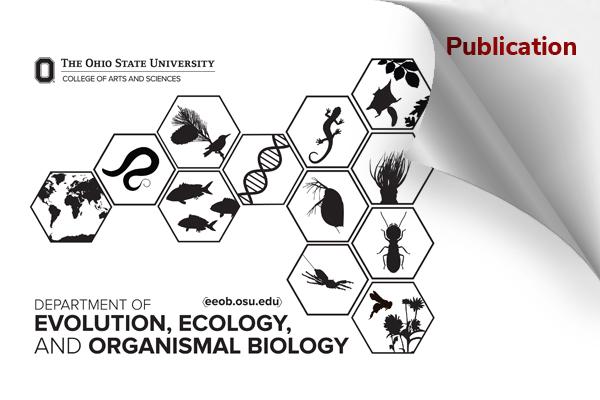EEOB Publication - Norris & Carstens

Whole genome data demonstrate that episodic population expansion and secondary contact shaped population genetic structure in the North American water vole (Microtus richardsoni)
Bryan C Carstens , Drew J Duckett , Ryan W Norris , Jordan D Satler , Niko Zuppas , Jack Sullivan. Biological Journal of the Linnean Society, Volume 145, Issue 3, July 2025, blaf037, doi: 10.1093/biolinnean/blaf037
Abstract
Over the last several million years, geological events have influenced temperate forests and the animals that inhabit them in the Pacific Northwest of North America. We use whole genome data collected from the North American water vole (Microtus richardsoni) to infer population demographic change over time, identify the most likely model of historical demography, and infer potential migration routes. These estimates provide greater detail of the historical demography in M. richardsoni. For example, they indicate that both coastal and inland populations experienced a population bottleneck during the last glaciation of the Pleistocene, with a subsequent expansion that coincided roughly with glacial retreat. Our analyses provide strong evidence that coastal and inland populations diverged well before the Last Glacial Maximum of the Pleistocene but have experienced secondary contact and changes in population size since this divergence. Using species distribution modelling, we support these inferences by demonstrating that suitable habitat has been present in both the coastal and inland regions. Estimation of effective migration surfaces supports the Okanogan Highlands as a possible area of historical gene flow. This project highlights the increased resolution that whole genome data can bring to phylogeographical analyses and suggests that a refined understanding of historical demography is possible.
